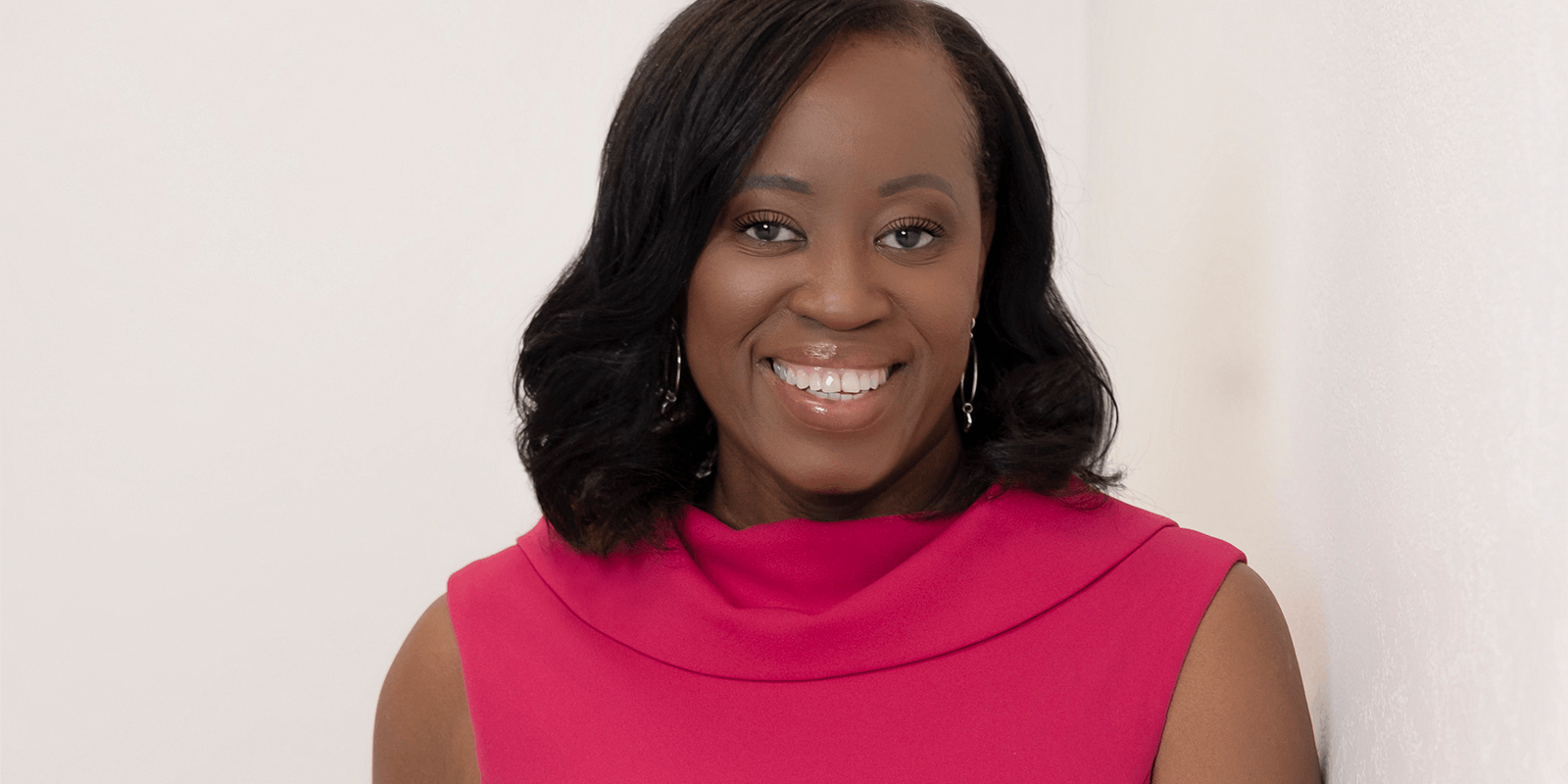Every day, more of our customers are reporting an increase in social anxiety in their practices and schools. Formerly categorized as “timid” or “shy”, people with social anxiety feel self-conscious in situations where they may need to speak to someone (or worse — a group of people) they don’t know. The prevalence of Social Anxiety Disorder among adults is increasing, with 15,000,000 diagnosed each year1. While that figure may be shocking to some, the prevalence of social anxiety in teens and adolescents is even greater — an average of 9.1% of teens and adolescents aged 13–18 — with females reported at 11.2%! Beyond the social implications of this disorder, individuals with social anxiety have a greater risk of substance abuse and clinical depression2.
We reached out to one of our customers, Dr. Kirleen Neely, PhD, LPC-S, to gain some insight into what she’s experiencing in her practice and the resources she’s found helpful in addressing this growing concern.
What are some trends you're noticing in your patients who have social anxiety?
The primary trend we are noticing regarding social anxiety is a significant increase in adolescents reporting symptoms of social anxiety. We saw this increase right around the time COVID restrictions were decreasing. This may be due to the considerable amount of isolation experienced by adolescents who were already predisposed to social anxiety. During COVID, adolescents had few opportunities to engage with peers and practice social skills. The sudden isolation brought on by COVID seems to have exacerbated underlying symptoms.
References
1 The National Institute of Mental Health (NIMH), Social Anxiety Disorder, https://www.nimh.nih.gov/health/statistics/social-anxiety-disorder
2 Mental Health America, Social Anxiety Disorder, https://www.mhanational.org/conditions/social-anxiety-disorder





